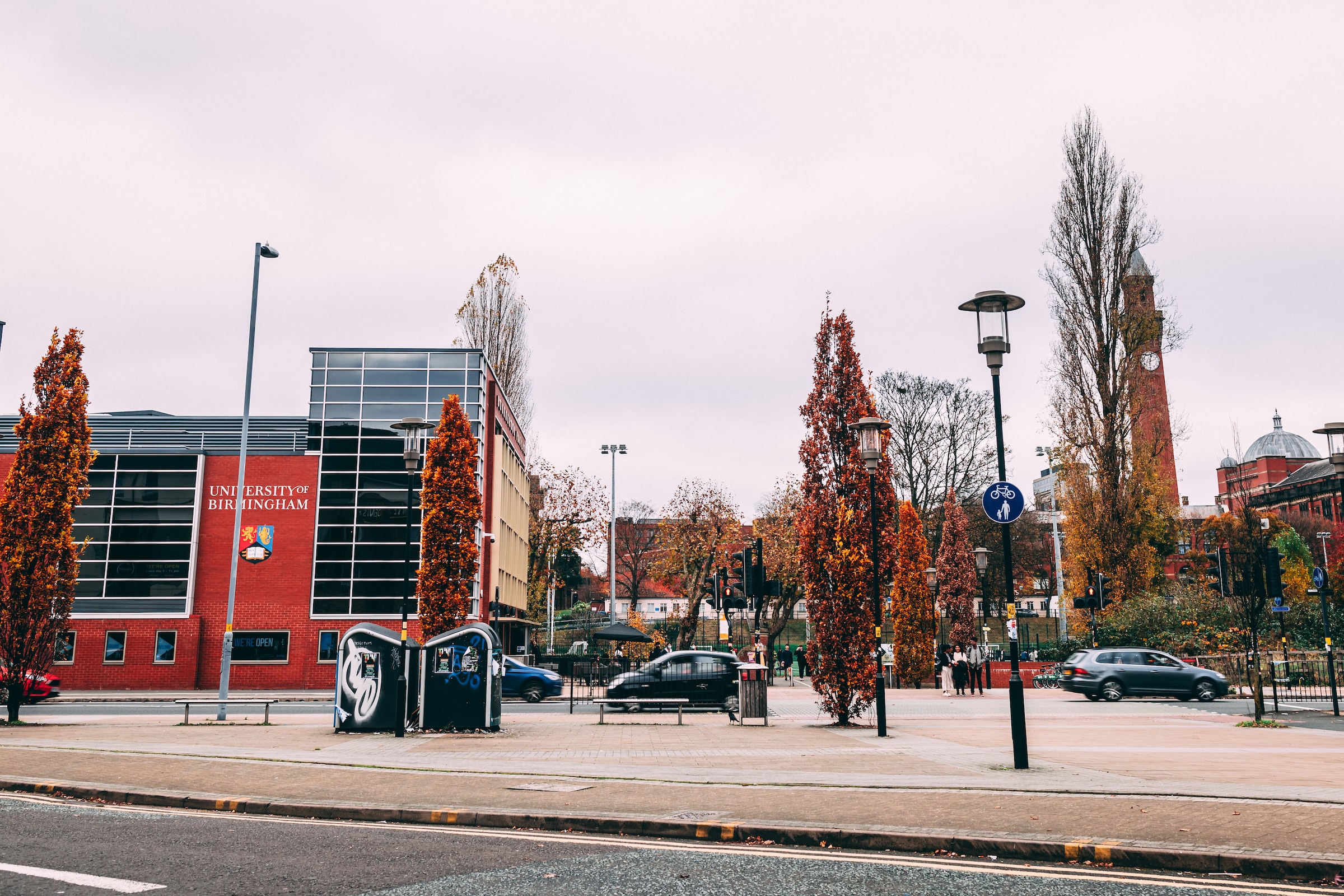
The University of Birmingham is failing to attract students from hard-to-reach areas, new data from the Higher Education Statistics Authority (HESA) has revealed
Out of 5,370 full-time students who started at UoB in 2017/18, only 360 (6.7%) students came from low participation neighbourhoods.
Low participation neighbourhoods are places where less than 20% of students have gone on to attend university after secondary school. Looking at a student’s home postcode can determine whether they live in a low participation neighbourhood.
In the West Midlands, HESA statistics show that 13.2% of students who attend university are from low participation backgrounds.
We remain committed to ensuring that students from all backgrounds have the opportunity to study with us
Despite holding an Access to Success Conference last semester, which is dedicated to improving the access to university for low income students, UoB has the lowest figures compared to other Birmingham universities.
A spokesperson for the University of Birmingham said: ‘We remain committed to ensuring that students from all backgrounds have the opportunity to study with us. We work with over 250 schools and 25,000 students in the region alone, running a wide range of programmes to raise aspirations amongst those groups who are traditionally underrepresented in higher education.
‘We work from a range of indicators, which includes a focus on low participation neighbourhoods, to ensure a balanced approach and these show that we are making good progress in widening participation. For example, the number of students joining us from a BAME background has increased by 29% since 2017.’
UoB also runs an Access to Birmingham scheme which supports applicants during year 13. It offers a reduced admissions offer to students who complete the programme. The scheme is only available to students from disadvantaged backgrounds.
I guess it’s good the University works with students in schools but the admissions statistics aren’t reflecting their work
‘As the central hub in the West Midlands for the National Collaborative Outreach Programme (NCOP), which focuses on local areas where higher education participation is lower than might be expected, we work with 5 other universities in the region to support students from disadvantaged backgrounds access Higher Education,’ the UoB spokesperson added.
A second-year Biology student told Redbrick: ‘I guess it’s good the University works with students in schools but the admissions statistics aren’t reflecting their work.’
A final-year Geography student said: ‘People in low participation areas might not actually want to go to university. A degree doesn’t equate to success and some people might not be happy at university. I feel like we’re constantly saying that people should go to university but what about apprenticeships?’
Across the UK, the number of students entering university from low-participation neighbourhoods increased by 0.2% compared to the previous academic year. However, the same data shows that students from state schools going to university fell to just below 90% last academic year. This is the first time the stats show a decrease since 2010.

Comments